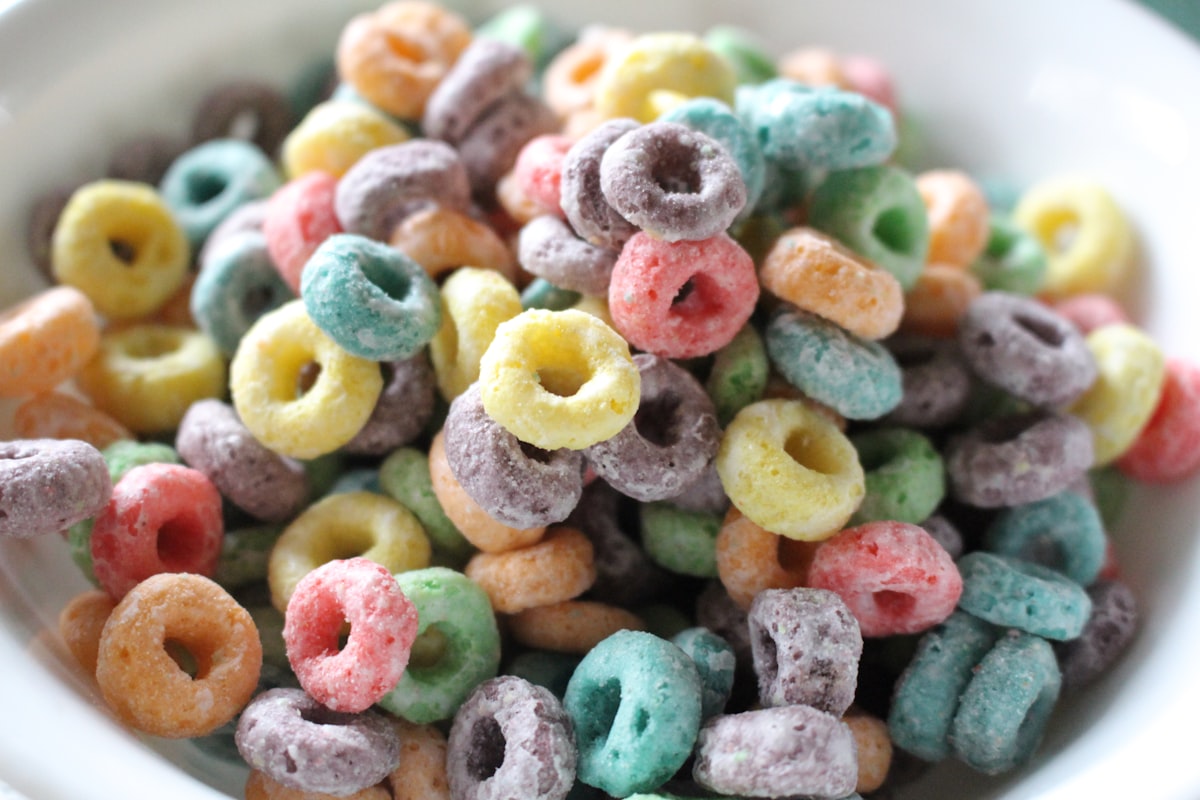Discover why "light" products are not the same as healthy products
Facts about "light" products, since a variety of them indiscriminately use the term, so you must find out if a reduction in fat or eliminating a certain amount of sugars reduces the caloric significantly.





